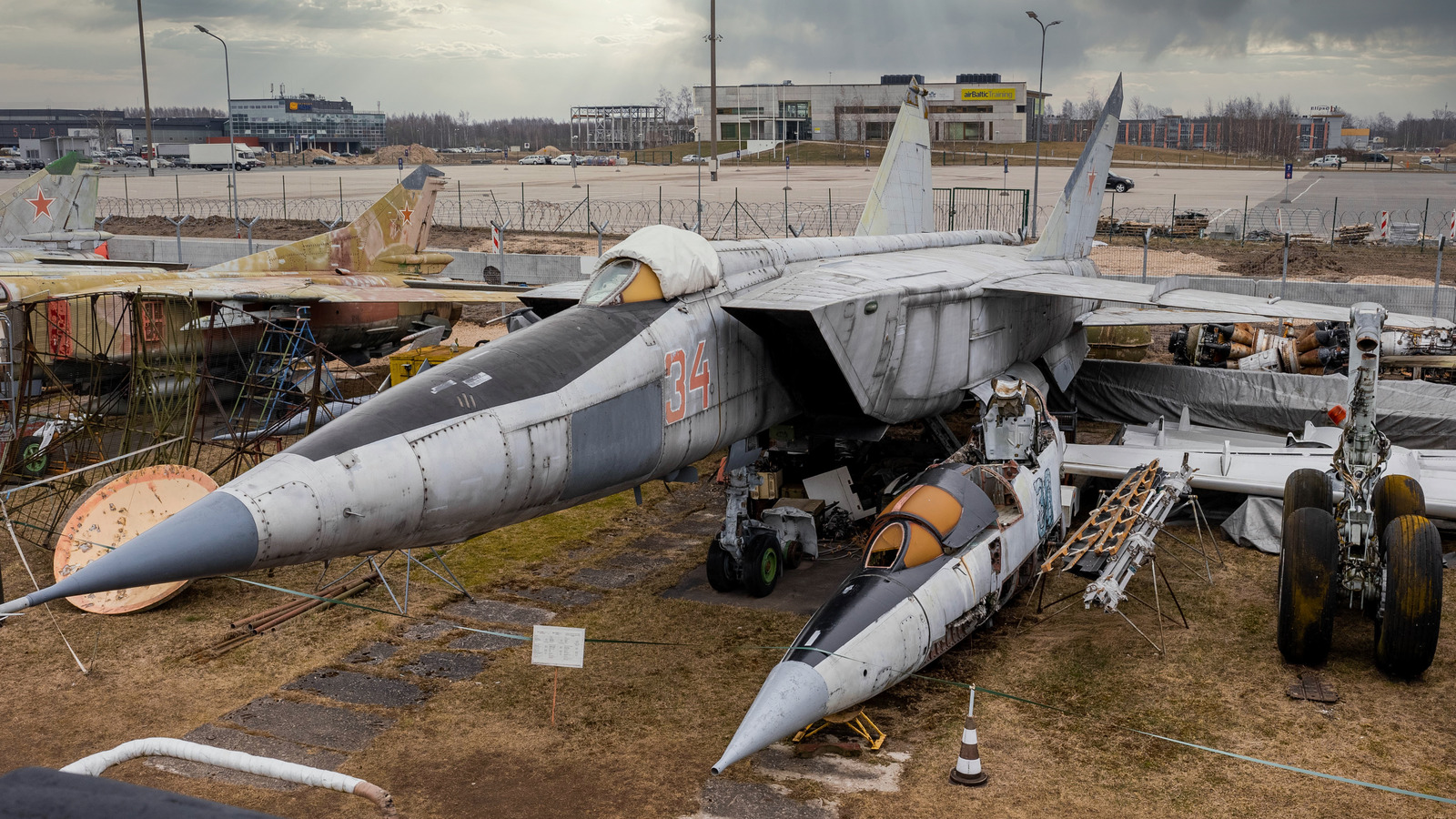Flight is a difficult notion to wrap your head around. Additional complexities, such as how tricky helicopter landings are performed or the mechanics of supersonic flight further complicate our understanding. Fighter jets in particular are capable of truly astonishing feats of agility, as any airshow admirer will tell you.
Maneuverability can be key in enabling such aircraft to perform their combat/pursuit roles, and so these abilities are far from just for show. Another of their most unique capabilities is their raw speed. Guinness World Records declares Russia's 1978 Foxbat, the Mikoyan MiG-25, to be the fastest combat jet (the 'combat jet' specification separating the Foxbat from other aircraft that can hit even greater speeds), noting that "the reconnaissance `Foxbat-B' has been tracked by radar at about Mach 3.

2 (3,395 km/h 2,110 mph)." Traveling at over three times the speed of sound, needless to say, is the exception, not the norm, and your average Airbus can hit only a fraction of that. Even for aircraft that can achieve supersonic speeds, their ability to reach and maintain them is limited by the realities of that same flight.
Technologically, supersonic aircraft are very different from their subsonic counterparts, and a supersonic flight itself is a very different sort of feat. Here are some ways that a supersonic aircraft's anatomy deviates from its slower counterparts, the components that allow it to achieve such speeds, and what happens during the course of the f.
















